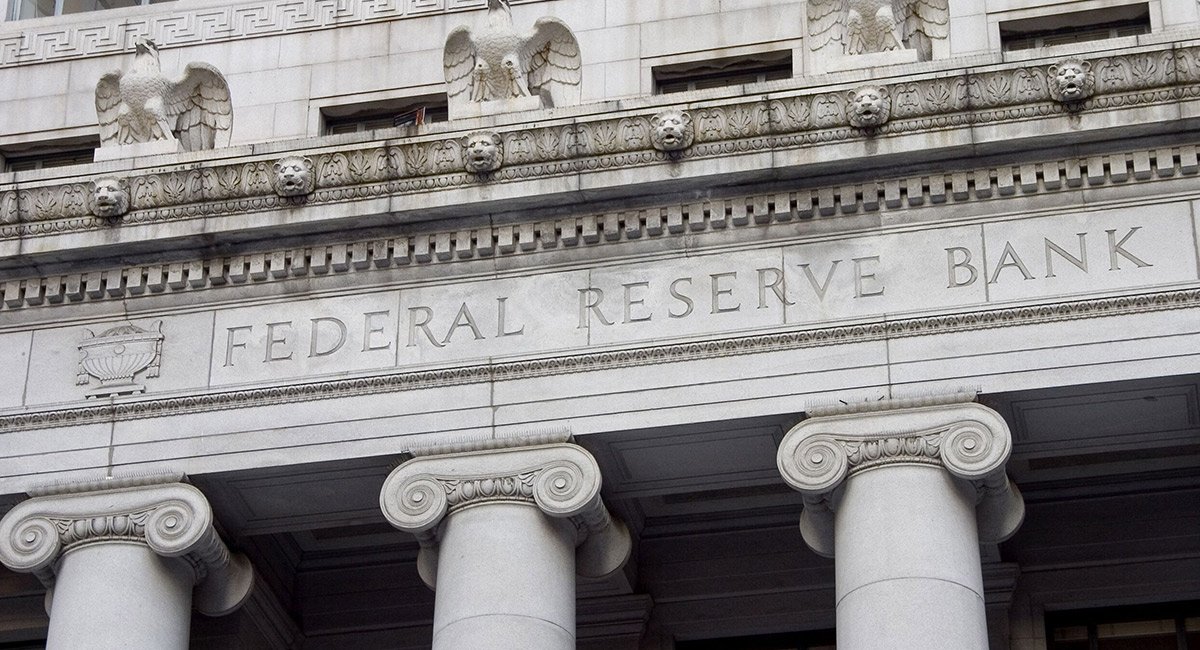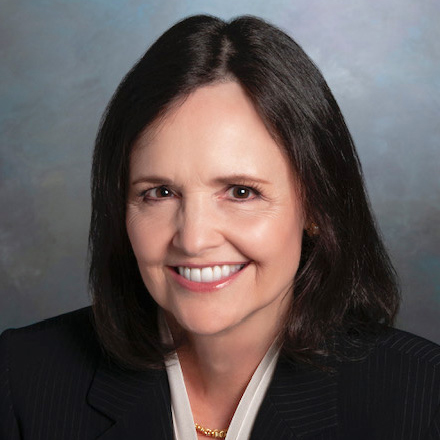The good news is that the Federal Reserve now recognizes that persistent high inflation threatens to overshadow the prospects for real economic growth. The bad news is that the Fed plans to continue buying Treasury debt and mortgage-backed securities while keeping interest rates near zero until mid-March.
Staying in monetary stimulus mode is the Fed’s way of trying to appease distressed consumers without roiling equity and bond markets. Chairman Jerome Powell last week sought to finesse that delicate trade-off by ratcheting up the rhetoric without taking any specific actions to contract the monetary base. The official statement issued by the Federal Open Market Committee—euphemistically called “forward guidance”—amounts to little more than posturing in the thin hope that elevated inflation rates will self-resolve in the coming months. If fiscal stimulus wanes and supply-chain bottlenecks clear, the Fed’s oft-stated determination to be “patient” before raising interest rates would seem vindicated.
But what happens if inflation remains high through the Fed’s next two monetary-policy meetings, scheduled for Jan. 25-26 and March 15-16? That is the scenario that should keep everyone awake at night—because the primary tool the Fed is planning to use to raise the target interest rate is a blunt instrument that could have negative consequences for economic growth and financial stability.
“We could raise interest rates in 15 minutes if we have to,” stated then-Chairman Ben Bernanke in a 2010 “60 Minutes” interview. “So, there really is no problem with raising rates, tightening monetary policy, slowing the economy, reducing inflation, at the appropriate time.”
Mr. Bernanke was referring to the authority Congress granted in October 2008—part of an emergency response to the global financial meltdown—to allow the Fed to pay interest on the reserves that commercial banks hold with it. In Fed parlance this is known as an “administered” rate, meaning that it is directly set by monetary authorities rather than a product of market forces. Together with its other administered rate—the interest paid on overnight reverse repurchase agreement balances—the Fed demarcates and controls the range for its baseline federal-funds interest rate. Mr. Powell suggested last week that the appropriate level of the federal-funds rate, as projected by the Fed’s policy-making committee members, will be 0.9% at the end of 2022—which means paying commercial banks an interest rate more than six times as high as the current 0.15% rate to leave their reserves on deposit at the Fed.
If the most prominent factor behind the continuing high inflation is constricted supply in the face of strong demand, why would the Fed opt to fight inflation by slowing the economy? That’s what paying banks more to leave their financial resources sitting idle will do.
Consider that nearly $4.3 trillion in bank reserves are now kept on deposit at the Fed; that’s an increase of some $2.5 trillion since March 2020—and more than four times the level of December 2010, when Mr. Bernanke alluded to the Fed’s powerful new tool for tightening monetary policy to reduce inflation.
Instead of relying on its administered-rate approach to raise the benchmark interest rate, the Fed should do it the old-fashioned way—by engaging in open-market operations to influence the interest rate on Treasury debt. Specifically, the Fed should sell Treasurys out of its own portfolio to increase their supply to financial markets, thereby reducing the price and increasing the rate of return.
The notion of raising the interest rate by shrinking the Fed’s gargantuan balance sheet has been mentioned by Fed Gov. Christopher Waller as well as by St. Louis Fed President James Bullard, who becomes a voting FOMC member in January. Both have advocated a passive approach to reducing the Fed’s stockpile of Treasury securities and mortgage-backed debt by allowing runoff of these portfolio holdings—not replacing them as they mature.
It’s the right idea but unlikely to be sufficient. The maturity structure of the Fed’s holdings makes it difficult to fight inflation through higher interest rates based on runoff. More than 97% of the $2.6 trillion in mortgage-backed securities owned by the Fed won’t mature for at least 10 more years. The maturity horizon on the Fed’s $5.6 trillion in Treasury securities is more varied; still, only about 20% will come due in the next year, while 38% will mature in one to five years, and 42% have maturity dates longer than five years out.
The FOMC should be looking at a more deliberate balance-sheet reduction—that means selling outright a substantial portion of the nearly $4.4 trillion in securities the Fed has purchased since March 2020—as an alternative to ratcheting up the interest rate on commercial bank deposits. Not only would it reduce the Fed’s dominant footprint in financial markets, it would also help unwind the distorting influence on Treasury yields from sustained quantitative easing.
In short, when emergencies arise that require the central bank to intervene in financial markets as lender of last resort, it is important to ensure that its presence in those markets doesn’t become a permanent feature of the economic landscape. Commercial banks shouldn’t be induced to maintain deposits at the Fed, nor should Treasury yields convey misleading price signals.









